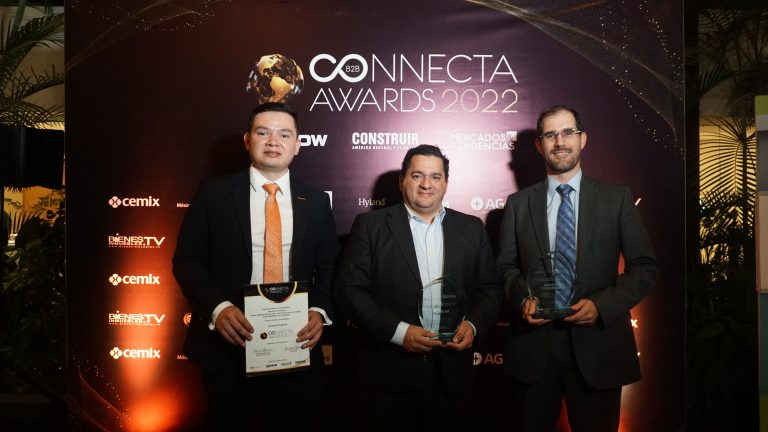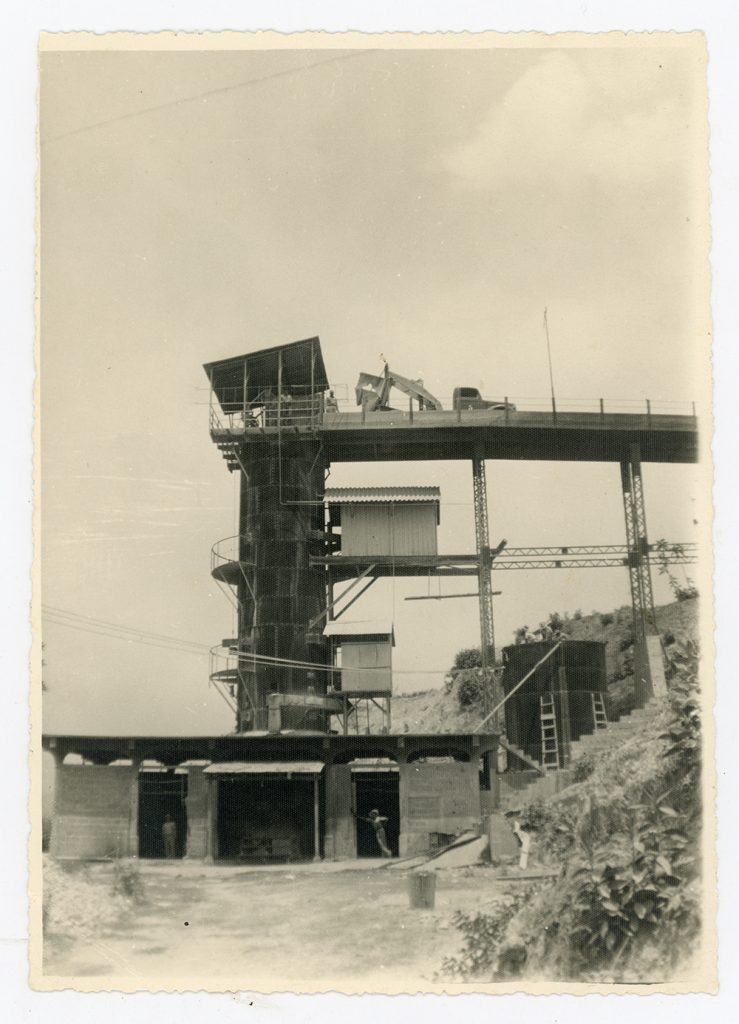

For 122 years, lime has been produced continuously in the different plants that Progreso has had throughout history. First, in a traditional way and now with the most modern and efficient processesthe industry has in the region, Horcalsa is a symbol of history and efficiency.
Lime, the oldest product produced and marketed by Progreso, is used in construction and by various industries such as mills, shrimp farms, companies that make food corn-based, companies or processes that require water treatment, chemical industries, and many other industries.
The industrial production of Horcalsa has its origins in the La Pedrera estate, where, before Progreso was founded, lime was already produced by hand. Lime continued to be produced uninterruptedly while tests were carried out to produce cement on a large scale.
Today, Horcalsa has an installed capacity to produce 800 tons of lime per day in its three production lines and two hydrators at the San Miguel estate, in Sanarate. There is also a hydrator capable of producing 720 tons per day and a packaging and palletizing machine with an installed capacity of two thousand bags per hour.
According to the dissertation «From the artisanal to the industrial: An approach to the production of lime in the La Pedrera plant, Guatemala», presented by Leticia Miguel Ros and Julio Cotom Nimatuj, from the Carlos F. Novella Museum, at the VI Meeting of Industrial Heritage of Guatemala, in 2016, two technologies coexisted for many years: the one used to produce lime in a modern way and the one that continued to manufacture lime in an artisanal way.
“Throughout history, the company has acquired the necessary technology to streamline production processes and meet the quality standards required worldwide. In La Pedrera there were artisan ovens for the production of lime” indicates the investigation.
These artisanal ovens, which are still preserved in the southwest of the La Pedrera plant, consist of three circular perforations excavated in a natural elevation. Its walls are made of aluminosilicate refractory bricks that withstand the heat at the time of limestone burning.
The process begins with the extraction of raw material. This came from the quarry that was to the east of the farm. An article published in 1938 in the newspaper ‘El Liberal Progresista‘ describes the extraction process as follows: «At the foot of the hill a crew of workers with picks, pickaxes, hoes and shovels are in charge of extracting the stones from the rocks and throw them down, where another group is in charge of picking them up and sending them through a beautiful conduction system to the shredder receptacle, which, like a huge mailbox, received the shipment and threw it into the complicated shredding gear”.
Quicklime is obtained by calcining limestone, with a high content of calcium carbonate (CaCO3), at a temperature of about 900 ºC where it decomposes into CO2 and CaO, and can be converted into hydrated or slaked lime by adding water.

According to Miguel Ros and Cotom Nimatuj, it has not been possible to determine the exact year in which the first industrial lime kiln was acquired in La Pedrera, but there is photographic documentation that by 1904 it was already installed on the farm.
The industrial production of lime in La Pedrera was carried out with two vertical kilns, each with its respective crusher. In fact, it is known that in La Pedrera a clinker kiln was modified for the production of lime.
But in the mid-1980s, quicklime production within the farm was unable to meet demand and the company bought it from external suppliers. For this reason, in 1991 a new lime production line was installed on the San Miguel estate.
Since then, Horcalsa has developed specialized products for each of the industries it serves, thanks to its experience in lime production and the technical support that Progreso has. This has led it to be a leader in each of the segments it serves in Central America, also exporting to the Caribbean and South America.
Lime and limestone products are in greater demand today than ever before in history, and today practically all civil engineering and architectural structures have lime as one of their main materials. We invite you to learn more about this wonderful material by visiting the page www.horcalsa.com